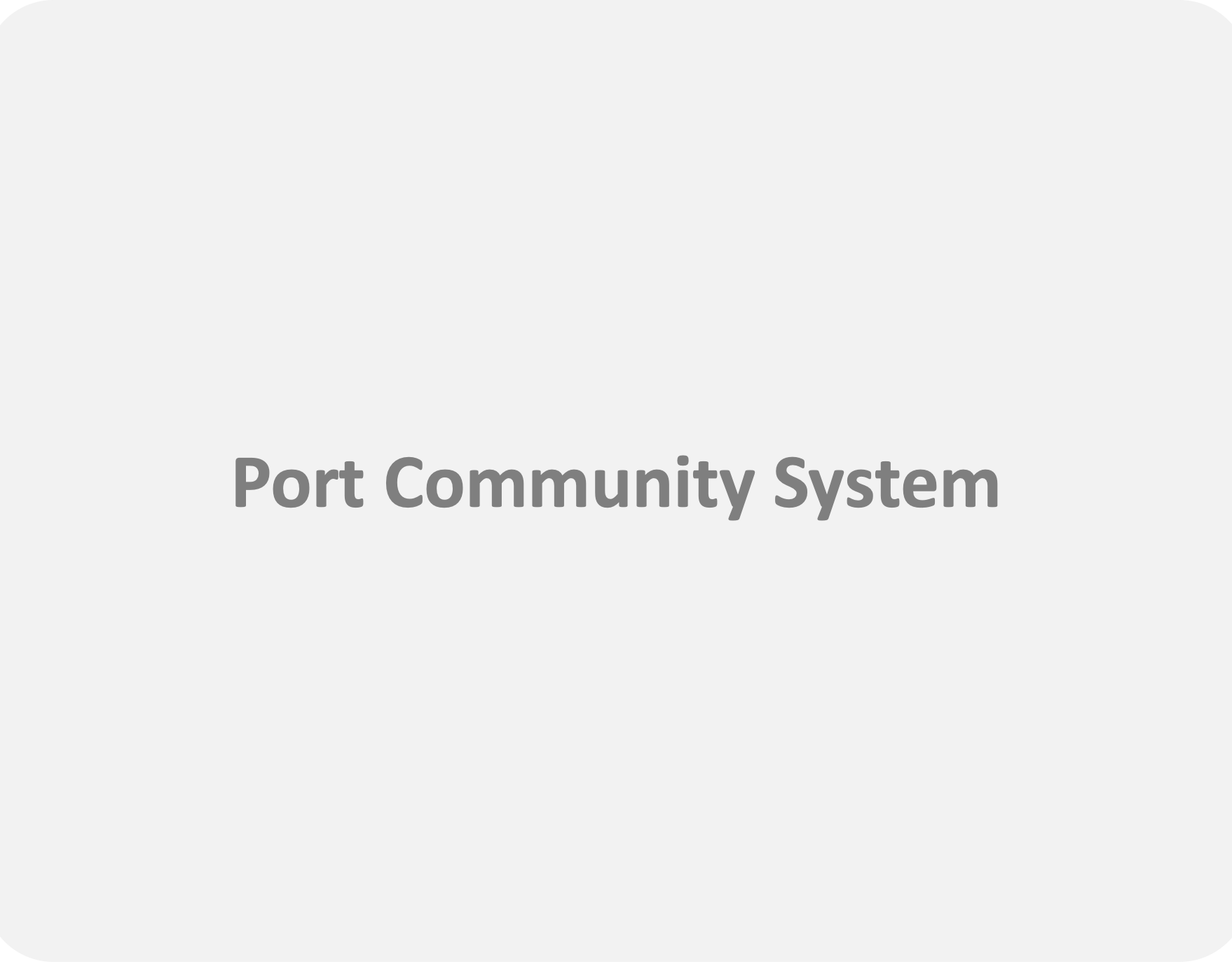American Railroad Technology Adoption at Scale: Promise vs. Reality
The Role of Freight Rail in U.S. Commerce
The American freight rail system is a cornerstone of national trade, linking regional economies and supporting international supply chains. Stretching across more than 140,000 miles of track, it moves billions of tons of goods each year with remarkable efficiency and reliability. Rail is often praised for its sustainability, offering a fuel‑efficient alternative to trucking while maintaining resilience in the face of economic and logistical challenges.
Class I Railroads and Shortlines
Class I Railroads and Shortlines
Class I Railroads: These large carriers dominate long‑haul freight movement across the country. Shortline Railroads: Smaller, locally managed operators that connect rural industries and communities to the broader network. They provide crucial first‑mile and last‑mile service for sectors such as agriculture, manufacturing, and energy.
Although shortlines are indispensable, they often struggle with limited investment, aging equipment, and restricted access to advanced technologies. These issues mirror challenges faced by larger railroads but are amplified by smaller budgets and fewer resources. Increasingly, shortlines are joining modernization efforts experimenting with mobile inventory systems, remote diagnostics, and digital communication tools to boost efficiency and resilience. Ensuring their inclusion in industry‑wide innovation strategies is vital for a balanced freight ecosystem.
Railyards as Operational Hubs
Rail yards serve as the nerve centers of the freight network. They are where trains are assembled, cars are sorted, and service plans are carried out. Despite their importance, yard operations often suffer from inefficiencies, outdated practices, and fragmented communication. These problems are not only technical but also shaped by broader social, economic, and regulatory factors. As a result, yards remain both essential and challenging spaces within the rail system.
From Pilots to Progress: Scaling Technology in Short Line Railroads
Short line railroads in the United States have begun experimenting with advanced technologies ranging from intelligent sensors and digital twins to real-time yard planning platforms and low-emission locomotives. Yet, most of these innovations remain confined to proof-of-concept (POC) pilots. Typically, they are deployed to address narrow operational issues such as track inspection or yard switching. While these pilots often demonstrate localized gains in safety and efficiency, extending them across the broader rail network has proven far more challenging.
One of the most significant obstacles is financial. Short line operators are often small businesses with limited budgets, making large-scale digital transformation difficult to sustain. Federal programs such as CRISI provide valuable support for pilot projects, but they rarely fund long-term rollouts. As a result, many promising technologies stall before reaching full implementation. Workforce readiness compounds this issue. Employees are highly experienced in traditional rail practices but may lack familiarity with digital tools or data-driven workflows. This skills gap slows adoption and can foster resistance to change. Without comprehensive training and structured change management, even well-designed solutions struggle to gain traction.
Geographic and economic diversity adds another layer of complexity. Short lines serve regions that range from dense industrial corridors to remote rural areas, each with different levels of infrastructure readiness, broadband connectivity, and local economic support. A cloud-based yard management system may thrive in an urban hub but prove impractical in a rural yard with limited internet access. These disparities make standardization costly and replication uneven.
Regulatory and political factors also shape adoption. Fragmented oversight across federal, state, and local levels often creates delays or conflicting requirements. Many short lines rely heavily on public grants, which are competitive and administratively complex. This dependence makes technology adoption reactive, driven by funding cycles rather than long-term strategic planning. Even when technologies are implemented, they often improve isolated functions rather than the system as a whole. For instance, predictive maintenance may reduce downtime in one yard, but if neighboring yards still rely on manual inspections, overall network efficiency remains constrained. This leads to suboptimization, where localized improvements fail to deliver system-wide benefits.
At the core of these challenges is uneven digital maturity across the short line sector. Some operators have embraced automation and cloud-based platforms, while others continue to rely on paper-based workflows. Without common standards, interoperable systems, and coordinated investment, the network remains fragmented.
To move beyond the pilot stage, the railroad requires a unified approach, one that integrates policy support, workforce development, infrastructure upgrades, and collaboration between public and private stakeholders. Only through such coordinated action can short line railroads fully harness modern technology and achieve optimization across the entire system. This includes forging partnerships, influencing policy, and creating pathways for sustainable transformation.
Forge Strategic Partnerships with Technology Providers: Collaborate with vendors to design solutions, test technologies in operational environments, sharing data to refine product-market fit and accelerate readiness for scale.
Support Policy Makers in Building Incentive Programs: Help shape grant structures and incentive models that reflect operational realities and provide field data and case studies to demonstrate ROI, scalability, and workforce benefits, enabling policymakers to justify funding allocations.
Enable Workforce Transition and Digital Literacy: Invest in digital literacy programs for new workflows and document tribal knowledge and embed it into training and decision-support systems, ensuring continuity and resilience.
In addition to this the policy makers must move beyond passive oversight and take an active role in enabling innovation across freight rail and other operational industries.
Incentive-Driven Modernization: Establish targeted initiatives that encourage short line railroads to adopt digital tools, automation, and predictive analytics.
Expanded and Simplified Grant Access: Streamline application procedures to make grants easier to access for smaller operators with limited staff capacity.
Matching Funds and Collaborative Partnerships: Introduce programs where government contributions are paired with private capital to accelerate deployment of technologies such as AEI readers, yard sensors, and AI-based vision systems. Support hubs that bring together railroads, technology providers, and universities to test and scale solutions that can be replicated across the industry
By combining incentives, streamlined funding, collaborative investment, and infrastructure upgrades, short lines can move beyond fragmented pilots and achieve network-wide modernization. This approach ensures that digital transformation delivers measurable improvements in efficiency, safety, and resilience.



